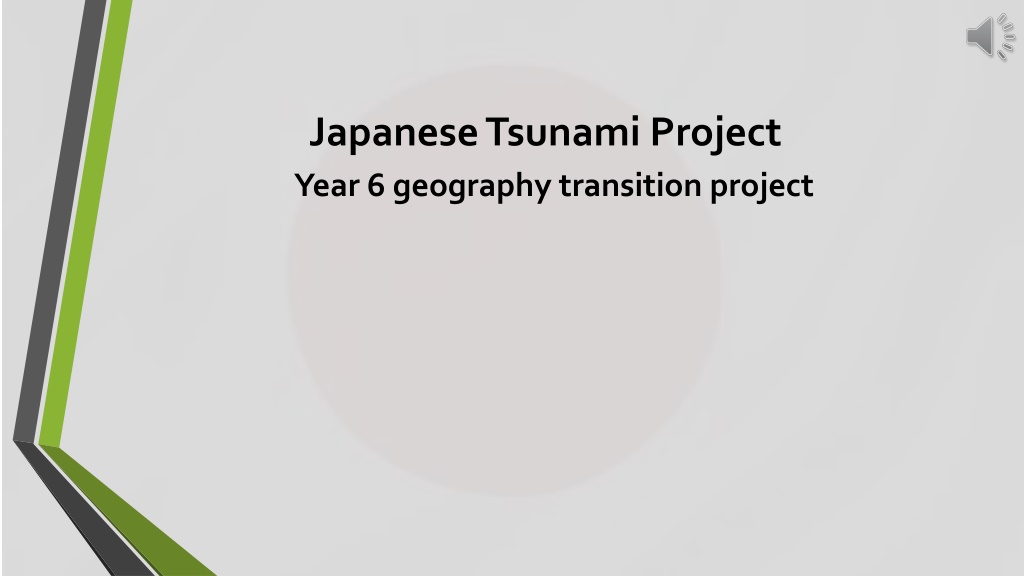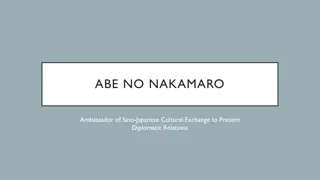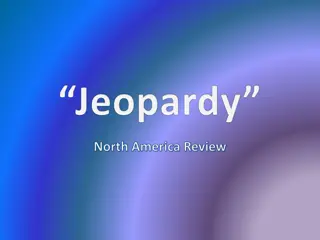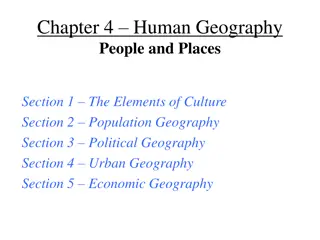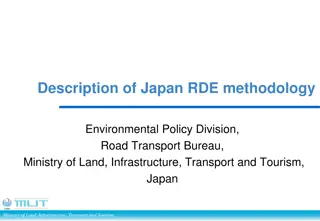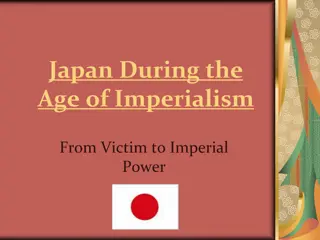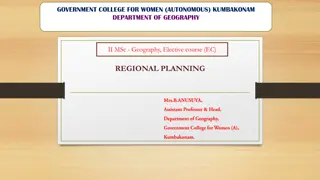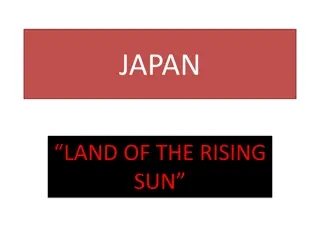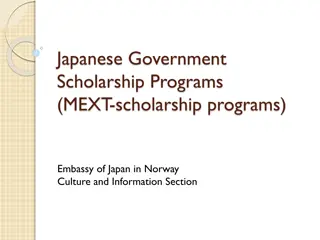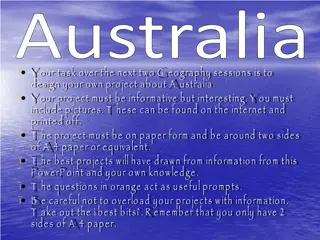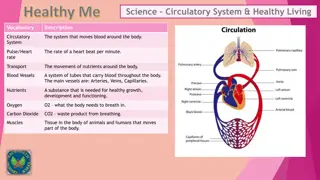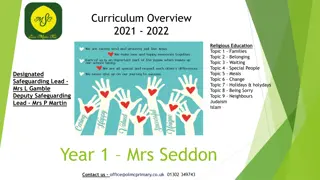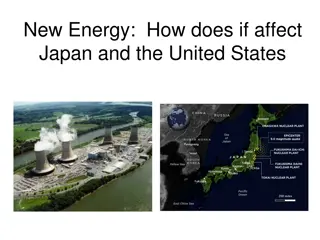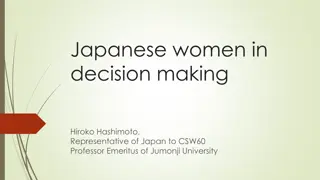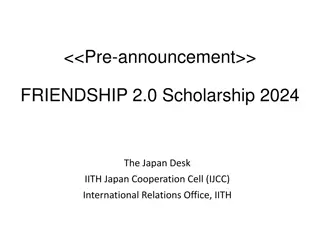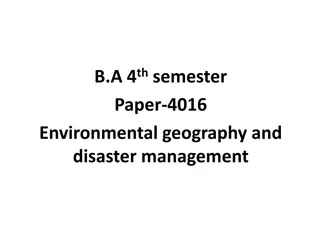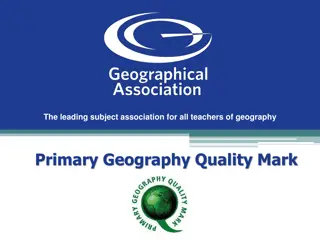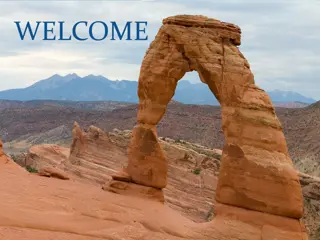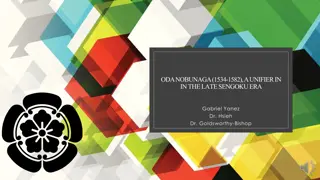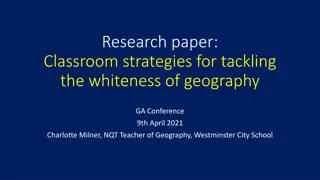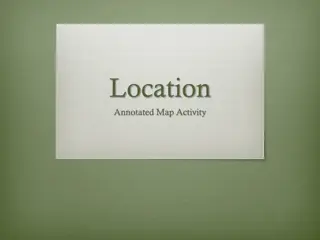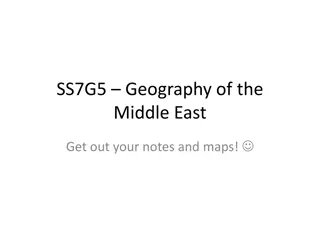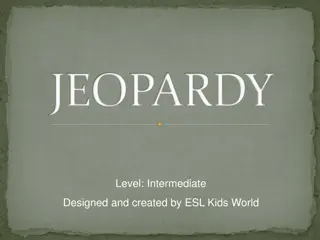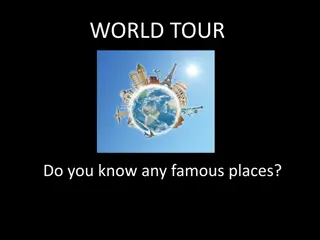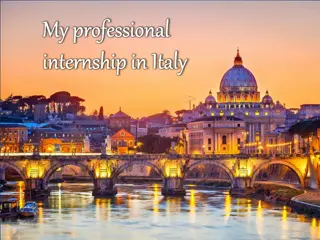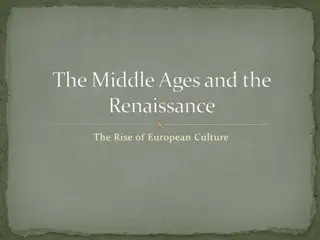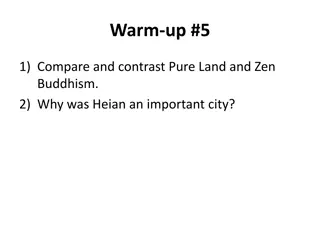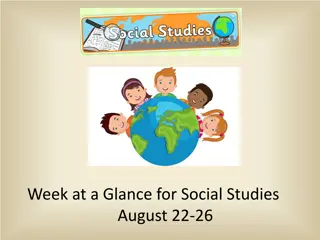Exploring Japan: Geography, Culture, and Landmarks
Delve into the fascinating world of Japan through a comprehensive geography transition project focusing on the country's location, key features, and unique culture. Learn about Japan's islands, cities, and seas as you discover its diverse landscape. From identifying the main islands and cities to understanding the population distribution, this project offers a deep dive into Japan's geographical and cultural aspects.
Download Presentation

Please find below an Image/Link to download the presentation.
The content on the website is provided AS IS for your information and personal use only. It may not be sold, licensed, or shared on other websites without obtaining consent from the author. Download presentation by click this link. If you encounter any issues during the download, it is possible that the publisher has removed the file from their server.
E N D
Presentation Transcript
Japanese Tsunami Project Year 6 geography transition project
Where is Japan? Objectives/End Points Pupils will be able to: Locate Japan on a world and global scale Identify the national features of Japan (Islands, Cities, Oceans/Seas) Describe a place such as Japan using key locational evidence/geographical terminology First though, lets watch a short video to give us an idea of what Japan is like. https://www.youtube.com/watch?v=5ZeSaDfjTG0 Write down 8 interesting facts about Japan from this video.
Use an atlas to find the UK and Japan on a world map. Q: Which Hemisphere is Japan found in and in which continent? Label the latitude and longitude for the city of Tokyo, which is the capital of Japan
On a separate map of Japan label the 4 main islands of Japan Hokkaido, Honshu, Shikoku and Kyushu. Now label the cities of Sapporo, Sendai, Tokyo, Yokohama, Kobe, Kyoto, Hiroshima and Nagasaki. Q: Are the main cities on the East or West of Japan Finally label the pacific Ocean, the East China Sea and the sea of Japan.
Now, either draw around your hand or use the Olympic rings; in each finger or ring write the following headings: Hemispheres Continents and Oceans Latitude and Longitude Islands, Cities Fascinating Facts on the palm or below the rings. Now, write under each heading, the information you have learnt this lesson. TASK: Use the geographical vocabulary you have learned today to write a paragraph to describe the location of Japan on a global and local scale. Make sure you includeall of the information above
What is Japan like? Objectives/End Points Pupils will learn that: Mountainous and 0nly 14% of the land is suitable to live on Most people in Japan live on coastal areas because the country is many people in a small area. The opposite is sparsely populated where there are few people. So densely populated areas are cities and sparsely populated areas are rural, countryside areas Coastal areas in Japan are densely populated. Densely populated means Different islands have different physical features Japan has a unique culture
This is a map of Japan at night. What do you think the white bits are?
Here we can see the lights more clearly. Why do you think there is such a large cluster where the arrow is pointing?
Look at the topographical map and compare to the photograph. What are the brown/green bits? Why is Japan only lit up around the edges?
Describe this place? Is it urban or rural, densely populated or sparsely populated. Would you like to visit here?
Describe this place? Is it urban or rural, densely populated or sparsely populated. Would you like to visit here?
Describe this place? Is it urban or rural, densely populated or sparsely populated. Would you like to visit here?
Describe this place? Is it urban or rural, densely populated or sparsely populated. Would you like to visit here?
Describe this place? Is it urban or rural, densely populated or sparsely populated. Would you like to visit here?
TASK On your map of Japan, match these images to an area on the map where you think you are most likely to find them. One of the places is Mt Fuji, one is Tokyo, one is an indoor beach near Tokyo, one is the Sapporo snow festival and one is a bridge in Sendai province
